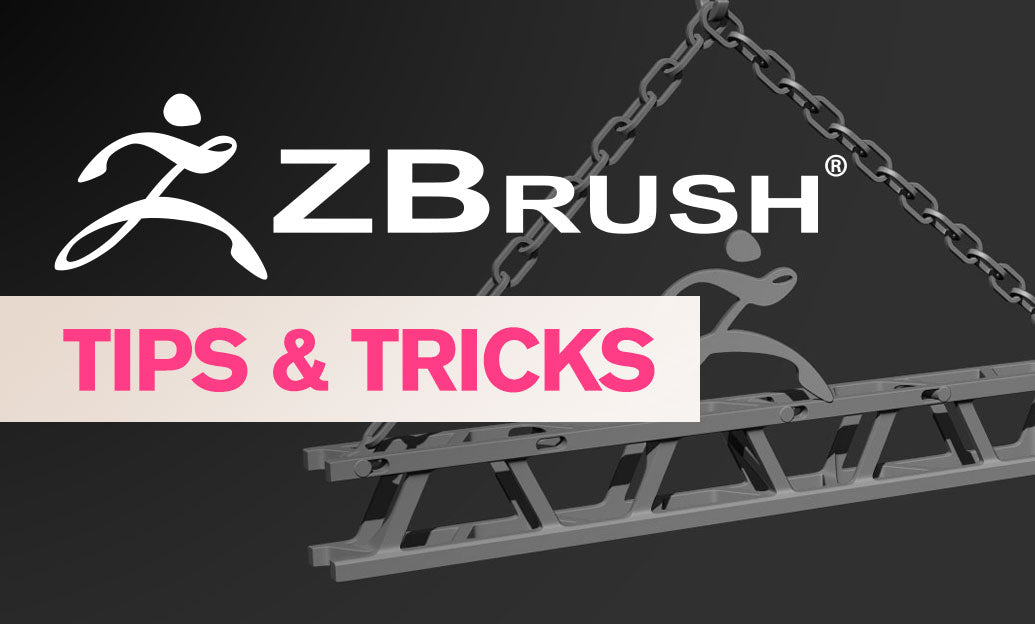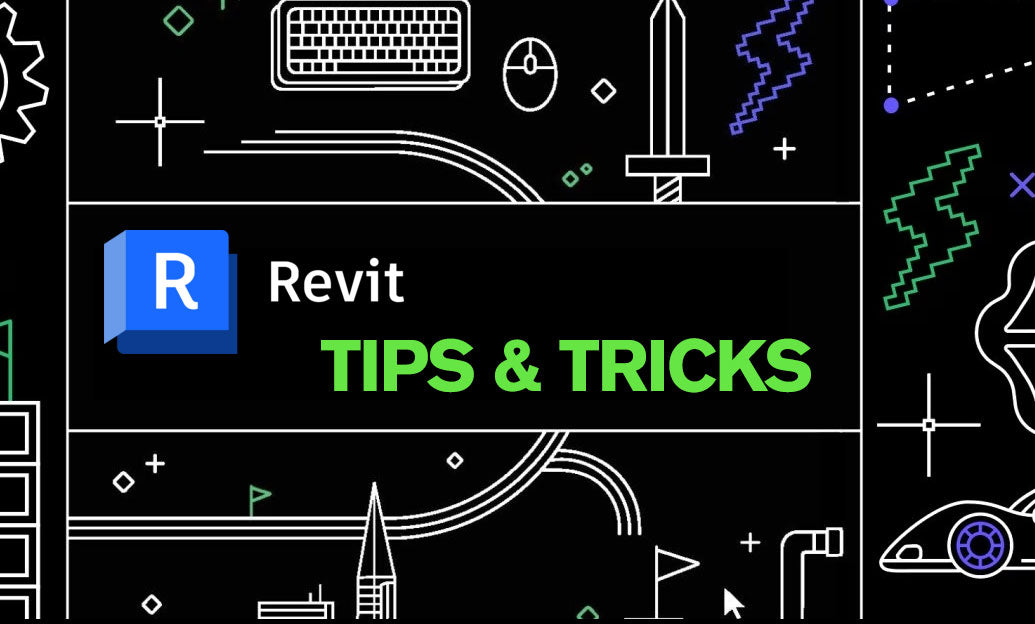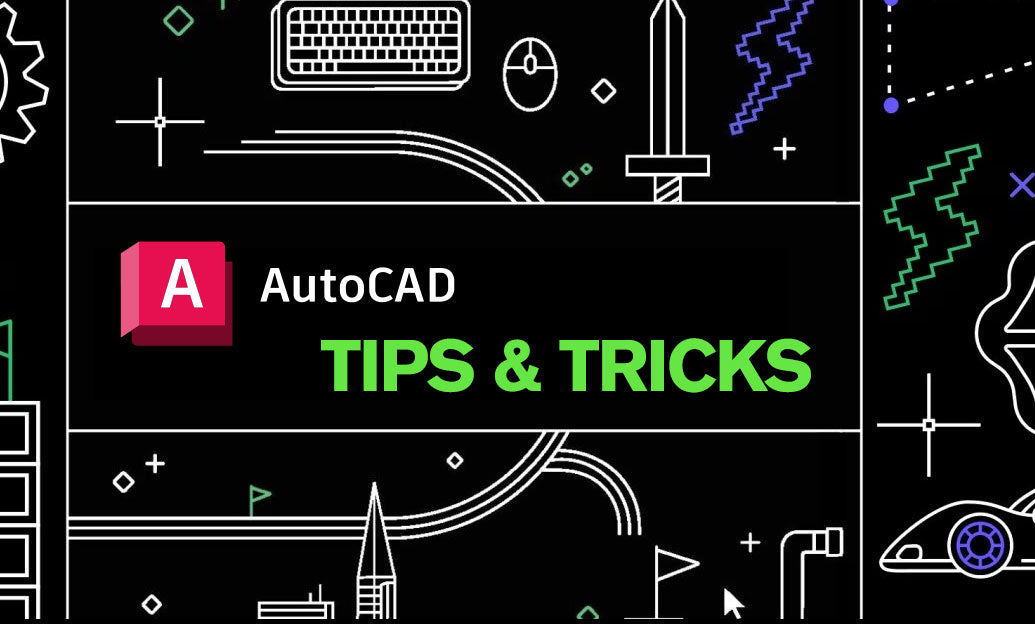Your Cart is Empty
Customer Testimonials
-
"Great customer service. The folks at Novedge were super helpful in navigating a somewhat complicated order including software upgrades and serial numbers in various stages of inactivity. They were friendly and helpful throughout the process.."
Ruben Ruckmark
"Quick & very helpful. We have been using Novedge for years and are very happy with their quick service when we need to make a purchase and excellent support resolving any issues."
Will Woodson
"Scott is the best. He reminds me about subscriptions dates, guides me in the correct direction for updates. He always responds promptly to me. He is literally the reason I continue to work with Novedge and will do so in the future."
Edward Mchugh
"Calvin Lok is “the man”. After my purchase of Sketchup 2021, he called me and provided step-by-step instructions to ease me through difficulties I was having with the setup of my new software."
Mike Borzage
ZBrush Tip: Techniques for Creating Realistic Eyes and Eyelids in ZBrush
February 13, 2025 2 min read

Enhancing the realism of eyes and eyelids in ZBrush is crucial for creating lifelike characters. Leveraging specific tools and techniques can streamline this process and elevate your sculpting quality.
- Utilize Master Brushes: Start with ZBrush’s diverse brush library. Brushes like Standard, Clay Buildup, and Dam_Standard are essential for shaping the eyeball and eyelids. Adjusting brush intensity and size allows for finer control over subtle details.
- Leverage NOVEDGE Tools: Incorporate specialized tools from NOVEDGE to enhance detail and precision. Their custom brushes and alphas can add intricate patterns to the iris and refine eyelid edges, providing a unique touch to your models.
- Subdivision Levels: Work across multiple subdivision levels. Begin with a lower subdivision to block out the basic shapes of the eyes and eyelids. Gradually increase the subdivisions to add finer details like eyelashes, subtle creases, and texture variations.
- Polygroups for Isolation: Assign distinct polygroups to the eye, iris, pupil, and eyelids. This segmentation allows for isolated editing, ensuring that adjustments in one area do not inadvertently affect others. Use the Group Visible and Auto Groups features to manage polygroups efficiently.
- Alpha Texturing: Apply custom alphas to create realistic textures on the iris and sclera. Tools from NOVEDGE offer high-resolution patterns that mimic the natural complexity of the human eye. Adjusting the alpha’s intensity and scale can achieve the desired level of detail.
- Smoothing and Refinement: After detailing, use the Smooth brush to refine surfaces and eliminate any unwanted roughness. This step is crucial for achieving a polished and professional appearance.
- Subtool Management: Keep the eyes as separate subtools from the main head mesh. This separation allows for easier manipulation and prevents deformation issues during posing. Utilize ZBrush’s Subtool Master functions to organize and manage these elements effectively.
- Transparency and Shadows: Incorporate subtle shadows and highlights to add depth. Use the Transposing Master to pose the eyelids naturally over the eyeball. Adjusting the lighting within ZBrush’s BPR (Best Preview Render) settings can enhance the three-dimensionality of the eyes.
- Reference and Realism: Always use high-quality reference images when sculpting eyes and eyelids. Observing real-life anatomy helps in replicating accurate proportions and details. The Spotlight feature in ZBrush is invaluable for overlaying reference images directly onto your sculpture for precise guidance.
- Final Touches with NOVEDGE: Utilize NVOTEDGE’s advanced rendering tools to finalize your eye and eyelid details. Their plugins can assist in achieving realistic reflections and textures, making your models stand out with professional-grade finishes.
- Continuous Learning: Stay updated with the latest techniques and tools from both ZBrush and NOVEDGE. Engaging with online communities, tutorials, and workshops can provide new insights and improve your sculpting workflow.
By integrating these strategies, especially utilizing NOVEDGE’s specialized tools, you can achieve highly detailed and realistic eyes and eyelids in your ZBrush projects. Consistent practice and leveraging the right resources will significantly enhance the quality of your character models.
```You can find all the ZBrush products on the NOVEDGE web site at this page.
Also in Design News

Revit Tip: Optimizing Project Management with Revit Phasing Tools
February 13, 2025 2 min read
Read More
AutoCAD Tip: Optimizing 3D Modeling Efficiency with AutoCAD's Move and Rotate Tools
February 13, 2025 2 min read
Read More
V-Ray Tip: Enhancing Realism with Translucent Materials in V-Ray: Key Tips and Techniques
February 13, 2025 3 min read
Read MoreSubscribe
Sign up to get the latest on sales, new releases and more …


